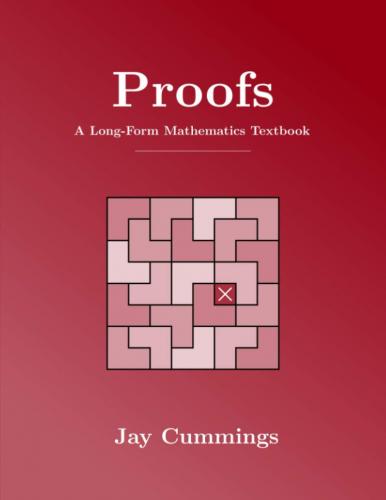Here is a list of books that we would recommended for young people who are interested in mathematics. They are grouped into three different categories:
We have given each book a lower age band based on the content and language used in the book and have presented them in ascending order of age. This is merely a guideline and you are welcome to make your own judgements on whether or not a book is suitable.
If you'd like to see some book recommendations for younger learners, take a look at the list of books compiled by our Primary team.
Students considering studying Maths or a related subject at university might be interested in the Cambridge Mathematical Reading List, which contains a wide range of suggested books including historical, recreational and technical maths books.
There are lots of maths podcasts you can listen to. Why not try: BBC's More or Less podcast Numberphile's videos and postcasts.
History of Mathematics books
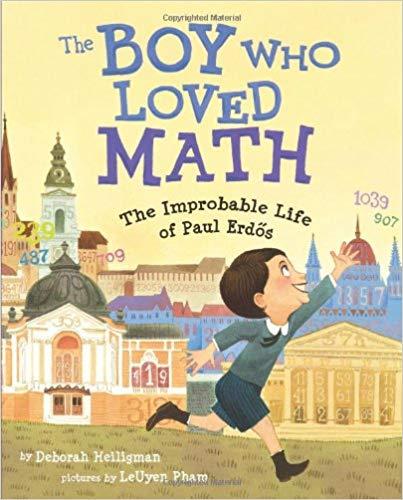
The Boy Who Loved Math: The Improbable Life of Paul Erdős
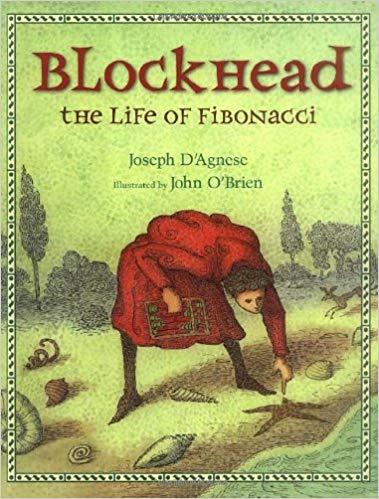
Blockhead: The Life of Fibonacci

On a Beam of Light: A Story of Albert Einstein
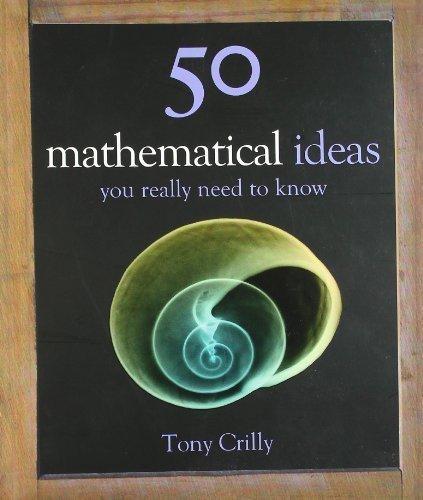
50 Mathematical Ideas You Really Need to Know

The Math Book
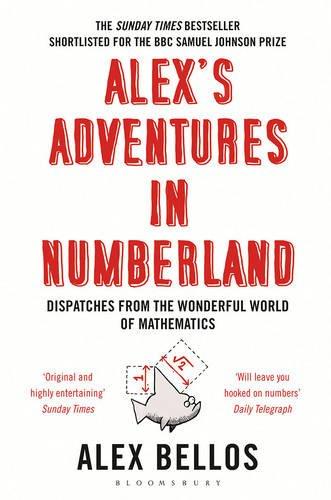
Alex's Adventures in Numberland
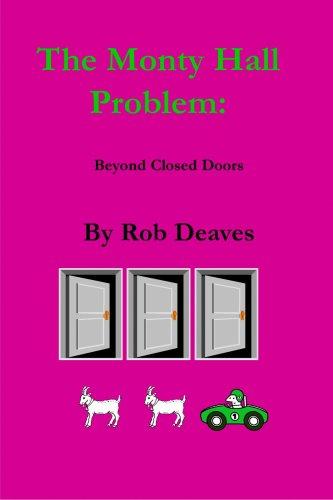
The Monty Hall Problem: Beyond Closed Doors
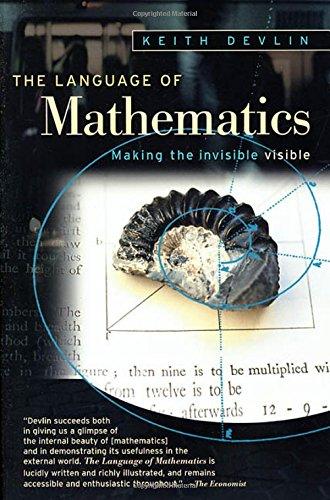
The Language of Mathematics
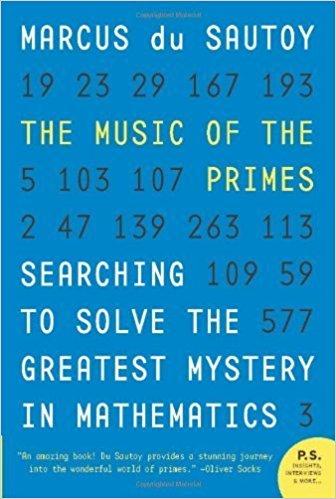
The Music of the Primes
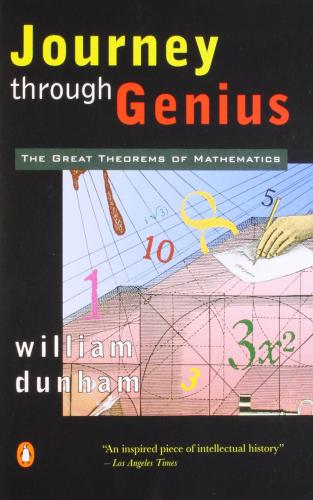
Journey Through Genius: The Great Theorems of Mathematics

The Mathematical Universe: Alphabetical Journey Through the Great Proofs, Problems & Personalities
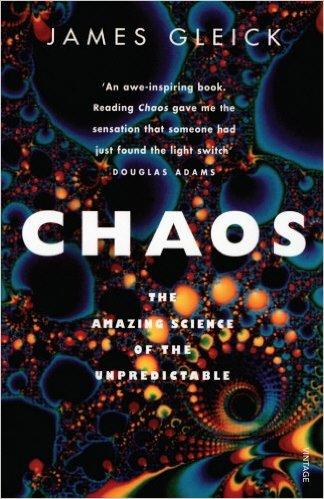
Chaos
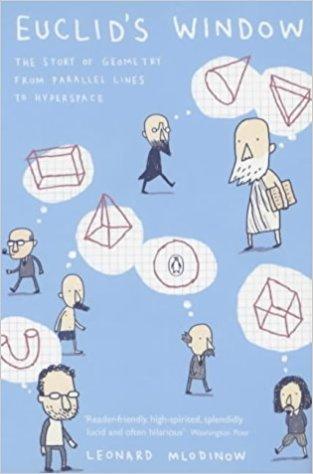
Euclid's Window: The Story of Geometry from Parallel Lines to Hyperspace

Closing the Gap: The Quest to Understand Prime Numbers
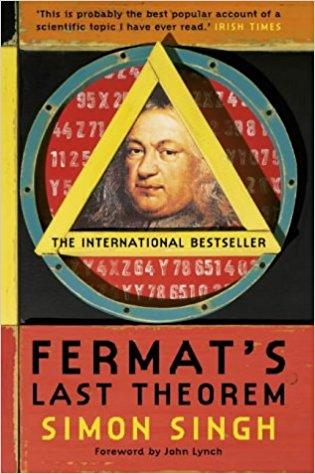
Fermat's Last Theorem
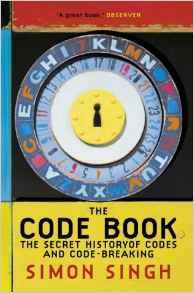
The Code Book
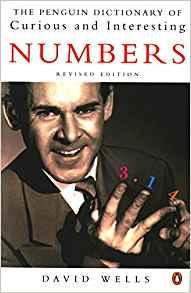
The Penguin Dictionary of Curious and Interesting Numbers
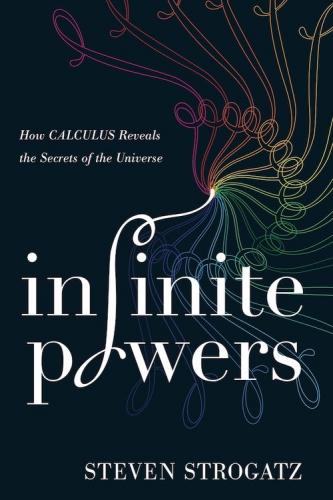
Infinite Powers
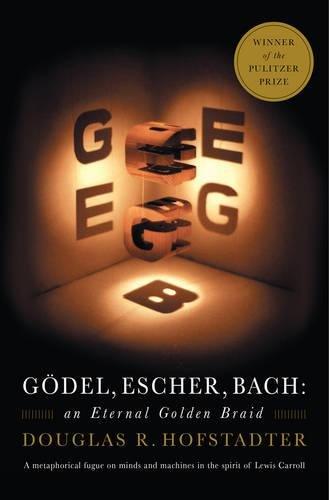
Gödel, Escher, Bach: An Eternal Golden Braid

The Great Mathematical Problems
Recreational books
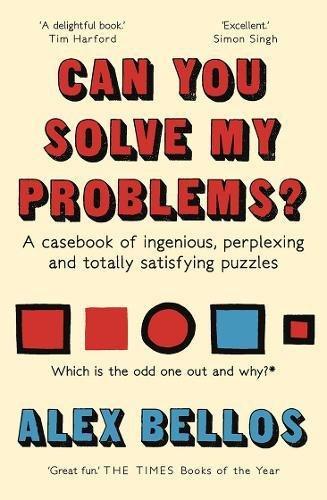
Can You Solve My Problems?

Snowflake Seashell Star
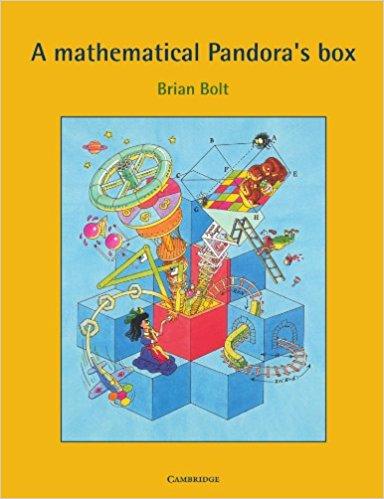
A Mathematical Pandora's Box
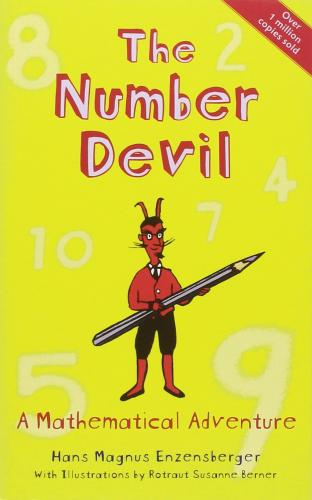
The Number Devil
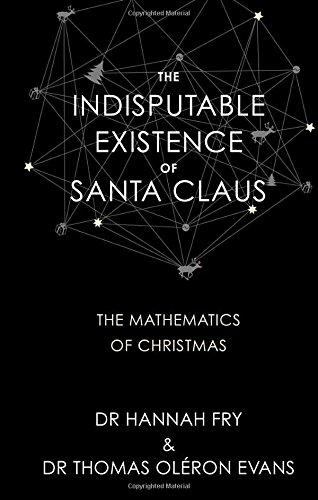
The Indisputable Existence of Santa Claus
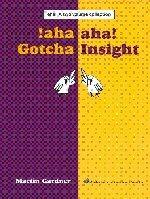
Aha! Insight & Aha! Gotcha
Previously published separately, the two books Aha! Gotcha and Aha! Insight have been combined as a single volume. The aha! books, as they are referred to by fans of Martin Gardner, contain 144 wonderful puzzles from the reigning king of recreational mathematics. In this combined volume, you will find puzzles ranging over geometry, logic, probability, statistics, number, time, combinatorics, and word play. Gardner calls these puzzles aha! problems, that 'seem difficult, and indeed are difficult if you go about trying to solve them in traditional ways. But if you can free your mind from standard problem solving techniques, you may be receptive to an aha! reaction that leads immediately to a solution. Don't be discouraged if, at first, you have difficulty with these problems. After a while you will begin to catch the spirit of offbeat, nonlinear thinking, and you may be surprised to find your aha! ability improving.'
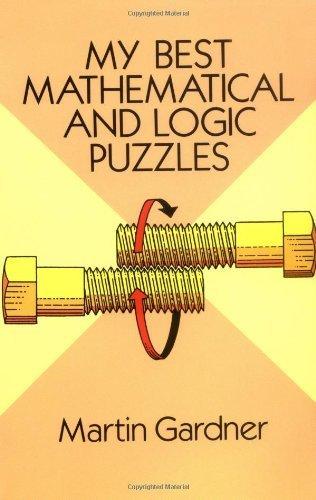
My Best Mathematical and Logic Puzzles
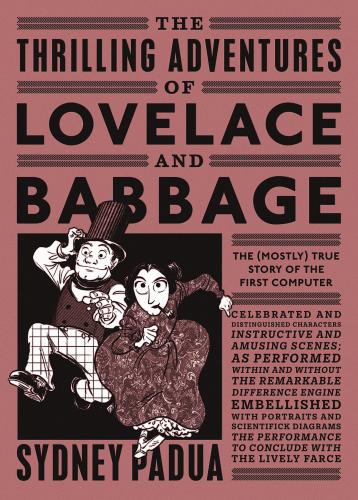
The Thrilling Adventures of Lovelace and Babbage
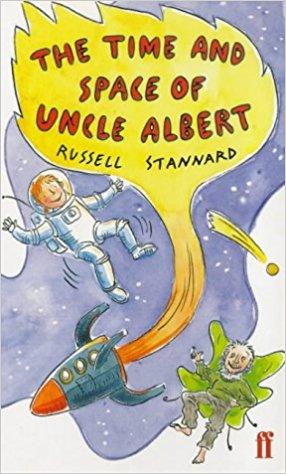
The 'Uncle Albert' Series
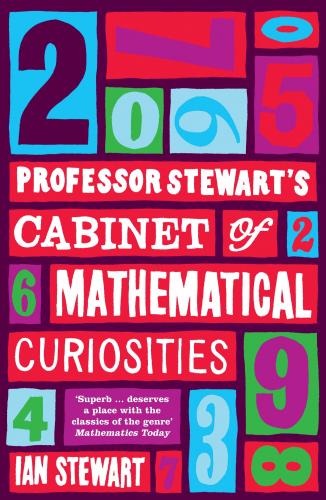
Professor Stewart's Cabinet of Mathematical Curiosities
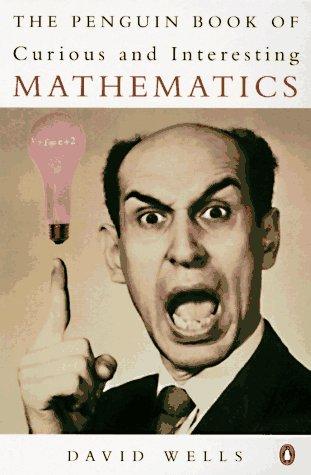
Book of Curious & Interesting Mathematics
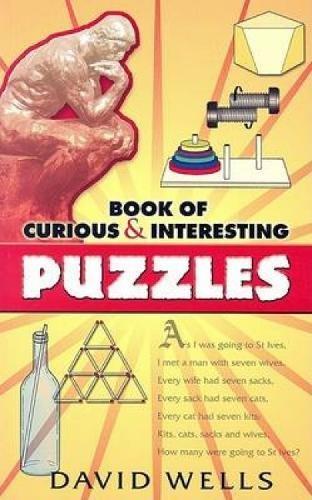
Book of Curious & Interesting Puzzles
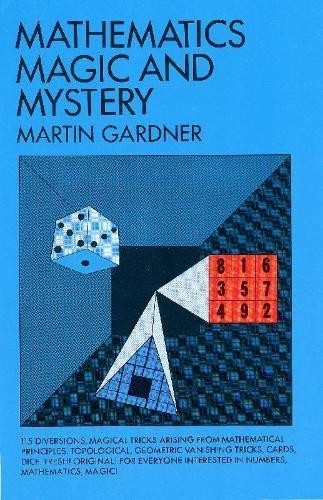
Mathematics, Magic and Mystery
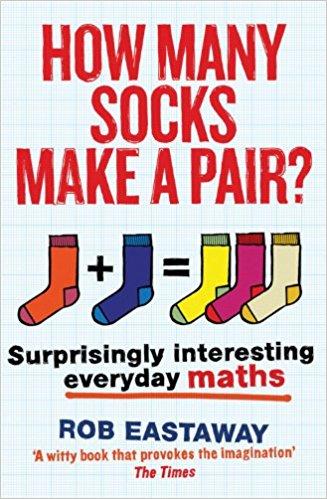
How many socks make a pair?
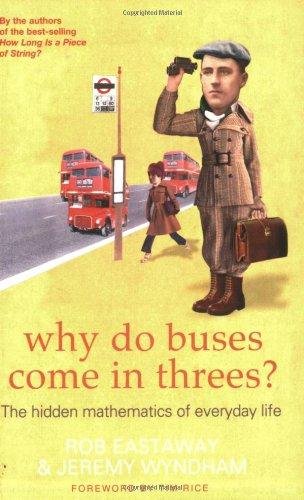
Why Do Buses Come in Threes?
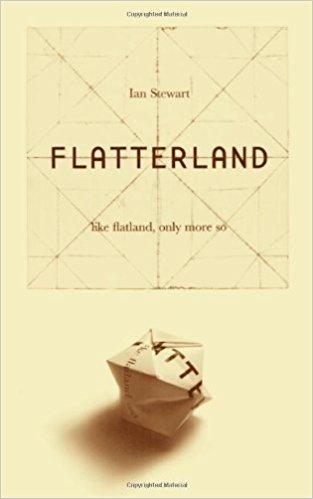
Flatterland
In 1884, Edwin A. Abbott published 'Flatland'; a brilliant novel about mathematics and philosophy that charmed and fascinated all of England. Now, Ian Stewart has written a fascinating, modern sequel to Abbott's book. Through larger-than-life characters and an inspired story line, "Flatterland" explores our present understanding of the shape and origins of the universe, the nature of space, time, and matter, as well as modern geometries and their applications.
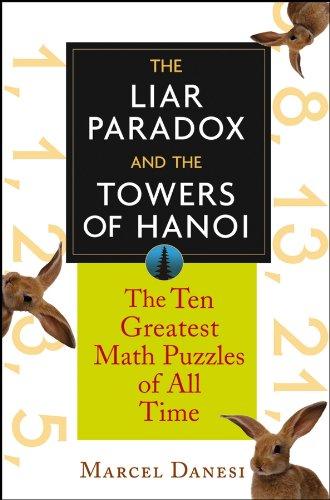
The Liar Paradox and the Towers of Hanoi: 10 Greatest Math Puzzles of All Time
Ever since the Sphinx asked his legendary riddle of Oedipus, riddles, conundrums, and puzzles of all sizes have kept humankind perplexed and amused. The Liar Paradox and the Towers of Hanoi takes die-hard puzzle experts on a tour of the world's most enduringly intriguing braintwisters, from Königsberg's Bridges and the Hanoi Towers to Fibonacci's Rabbits, the Four Color Problem, and the Magic Square. Each chapter introduces the basic puzzle, discusses the mathematics behind it, and includes exercises and answers plus additional puzzles similar to the one under discussion. Here is a veritable kaleidoscope of puzzling labyrinths, maps, bridges, and optical illusions that will keep aficionados entertained for hours.
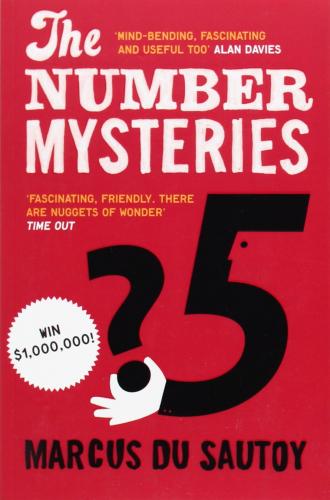
The Number Mysteries
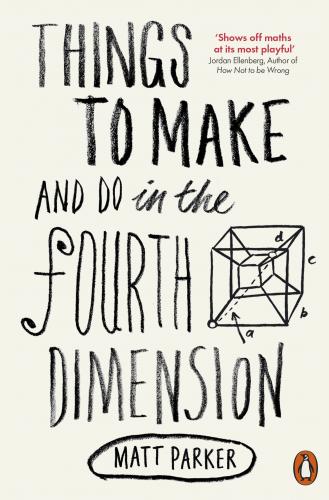
Things to Make and Do in the Fourth Dimension
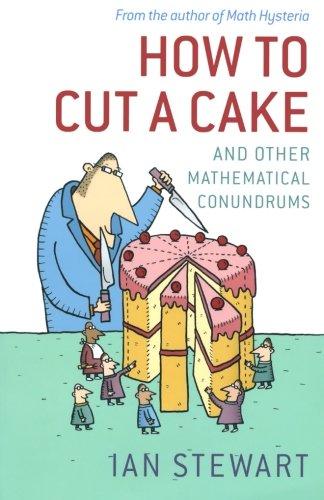
How to Cut a Cake: and Other Mathematical Conundrums

Games and Mathematics
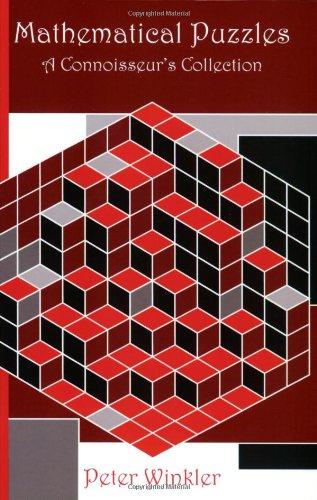
Mathematical Puzzles: A Connoisseur's Collection
Thinking Mathematically books
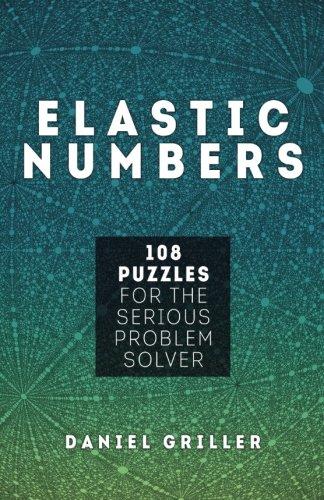
Elastic Numbers
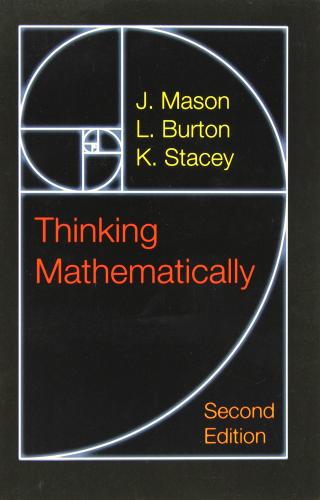
Thinking Mathematically
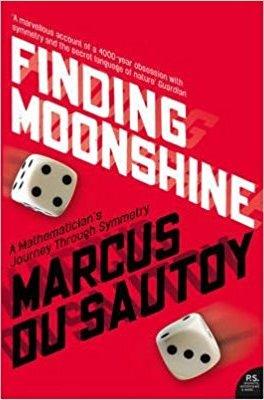
Finding Moonshine: A Mathematician's Journey Through Symmetry
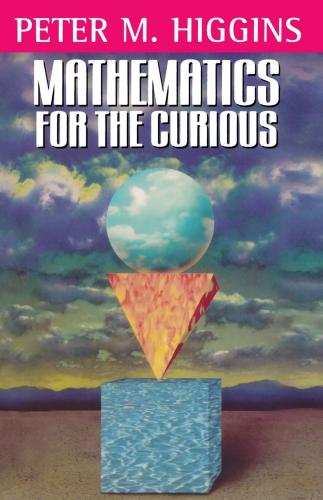
Mathematics for the Curious
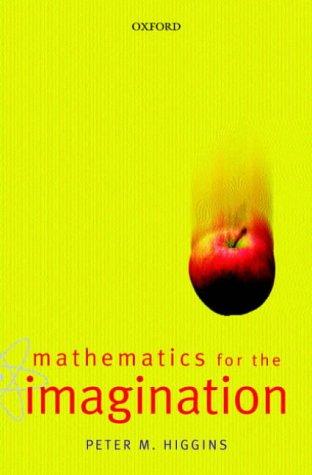
Mathematics for the Imagination
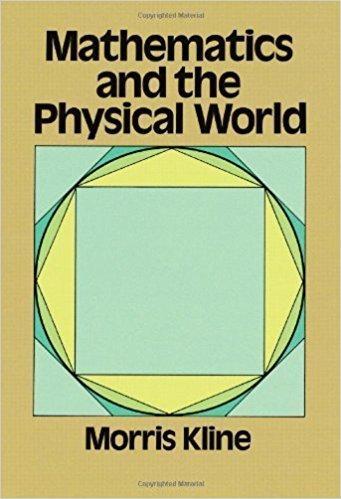
Mathematics and the Physical World
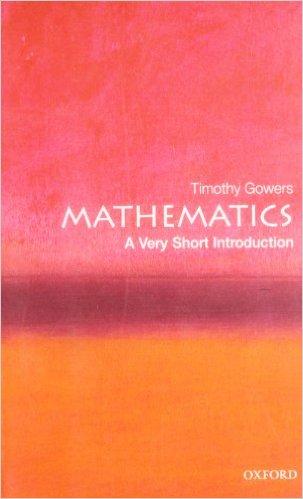
Mathematics: A Very Short Introduction
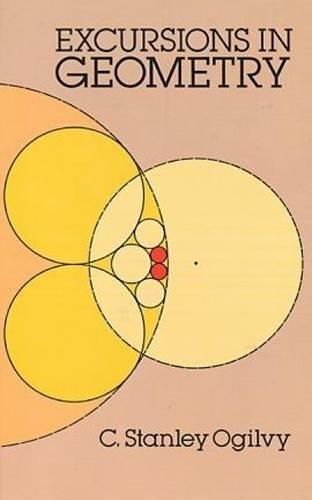
Excursions in Geometry
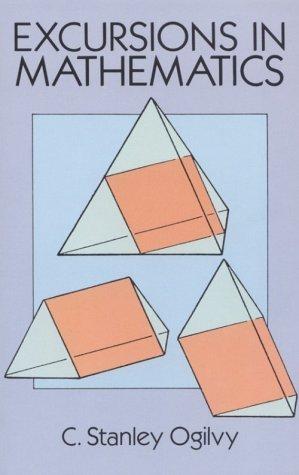
Excursions in Mathematics
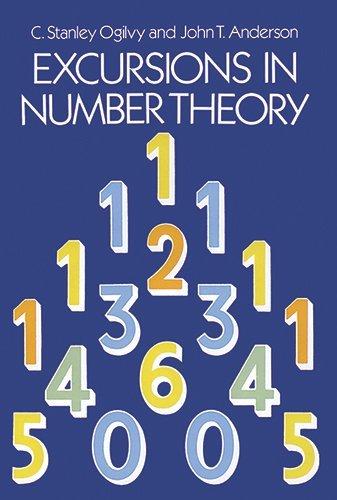
Excursions in Number Theory
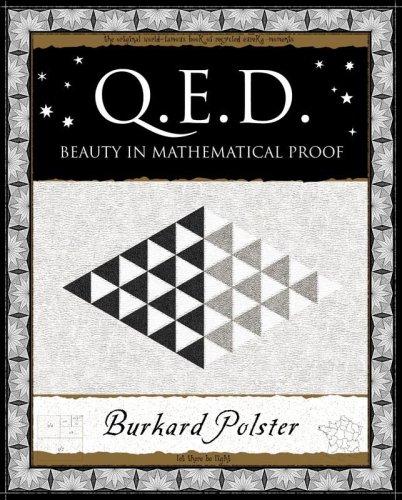
Q.E.D. - Beauty in Mathematical Proof
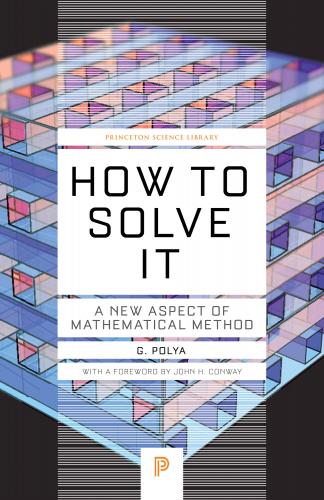
How to Solve It
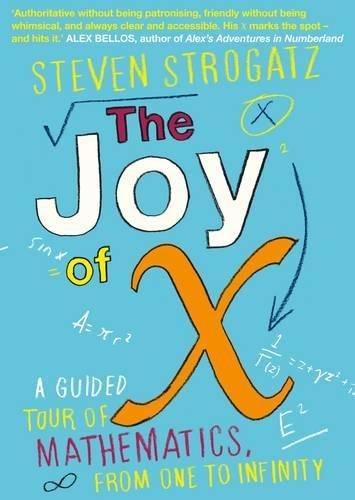
The Joy of X: A Guided Tour of Mathematics from One to Infinity
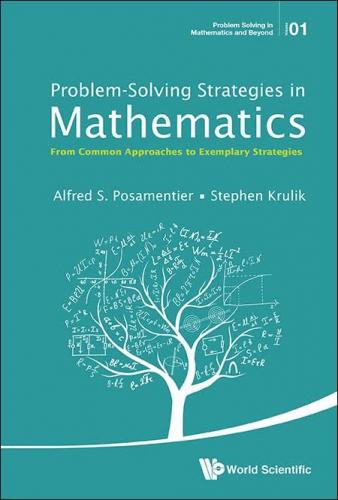
Problem-Solving Strategies In Mathematics: From Common Approaches To Exemplary Strategies
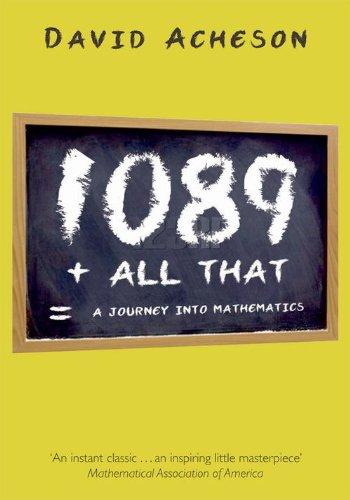
1089 and All That: A Journey into Mathematics
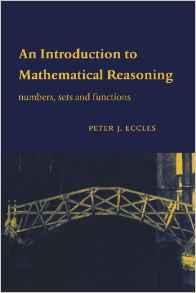
An Introduction to Mathematical Reasoning
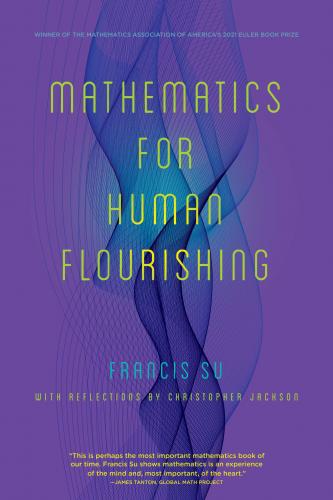
Mathematics for Human Flourishing
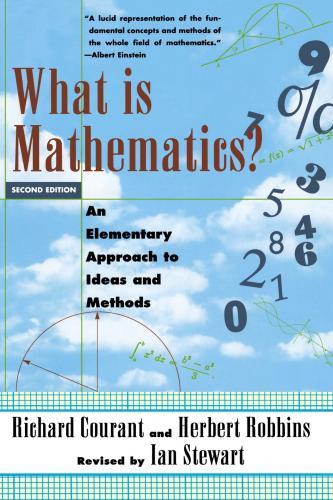
What is Mathematics?
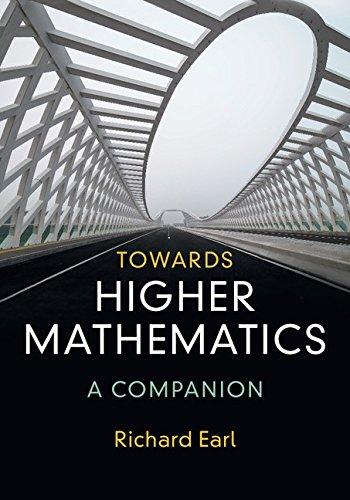
Towards Higher Mathematics: A Companion
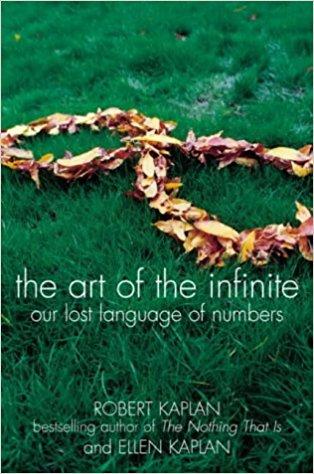
The Art of the Infinite
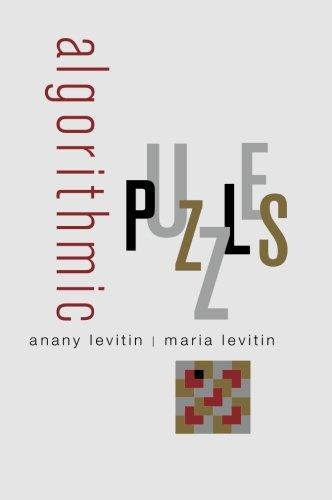
Algorithmic Puzzles

The Mathematics of Games and Gambling
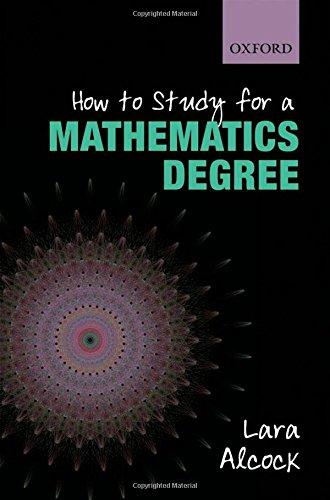
How to Study for a Mathematics Degree
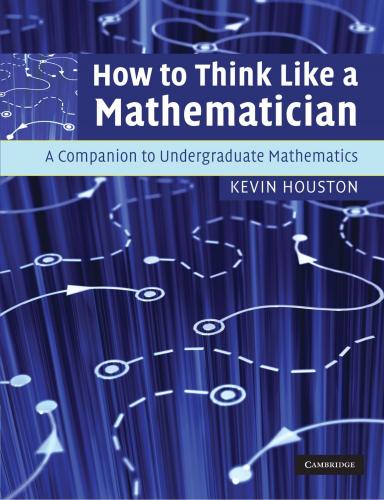
How to Think Like a Mathematician
